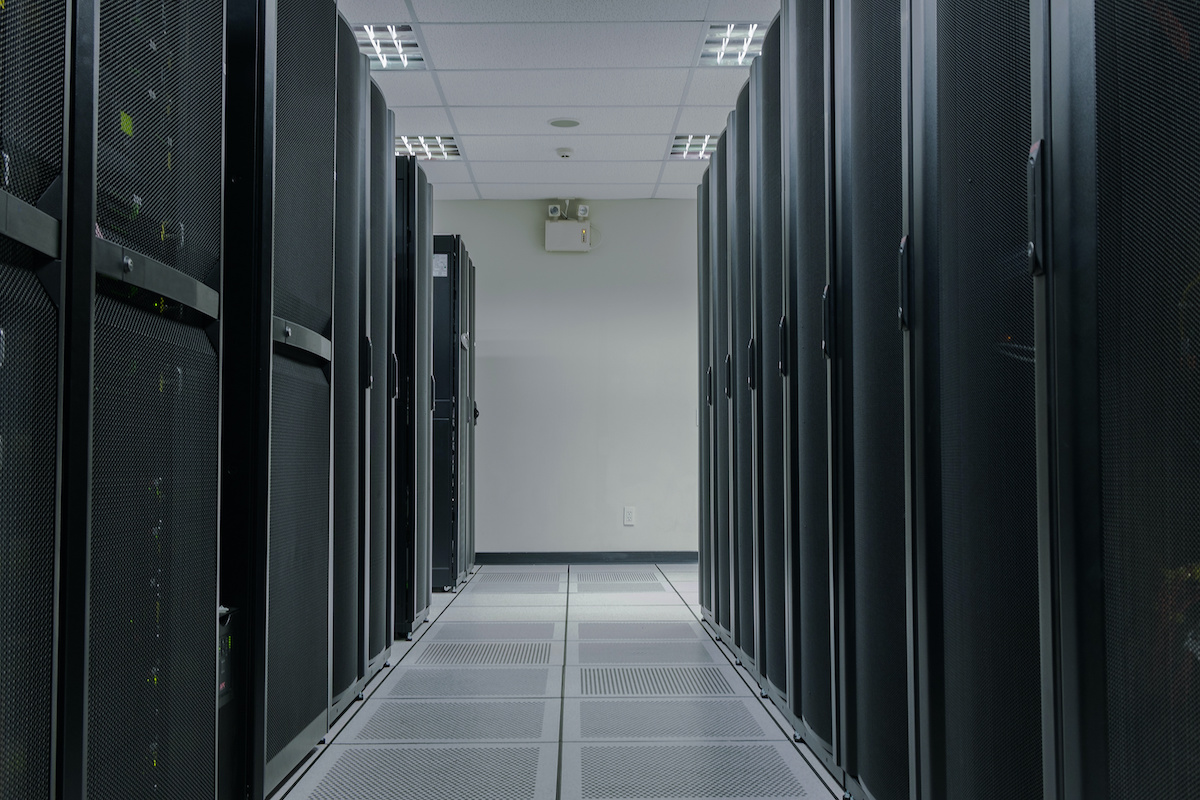How COVID-19 Has Impacted Data Center Operations19 min read

Data centers were undoubtedly important before the COVID-19 pandemic shook the world. Now, they’re arguably even more valuable. People have drastically altered their routines by working from home, getting items delivered instead of going out to shop and enjoying comedy nights and concerts as comedians and musicians perform from their living rooms through online platforms.
These activities and many others influence data centers and — in turn — how data centers operate. Here’s a look at how things changed due to this disruptive pandemic.
Different On-Site Precautions
Since data centers offer essential services, they did not stop operating due to government-imposed lockdowns. However, most instituted several new measures to keep staff members as safe as possible. Some companies introduced temperature checks as people arrived for work or made them complete surveys to clarify travel history or symptoms experienced.
Other brands went even further by keeping food, water and fuel at the facilities, plus creating sleeping quarters for employees who needed to stay isolated at work for several days while waiting for results from COVID-19 tests. Cleaning also became a top priority after health experts warned that the novel coronavirus could survive for prolonged periods on surfaces.
Responses to Increased Demand
The pandemic made many people more appreciative of the internet and online platforms. They used platforms like Netflix and Spotify to stay occupied during lockdowns and turned to teleconference platforms to keep in touch with colleagues and friends. Some employees found themselves going through major adjustments as they worked from home for the first time.
That won’t be a short-term change in many cases, either. Numerous well-known brands announced their workforces could go on the clock from home until 2021, with some saying their people can do so permanently. That tremendous shift requires a proactive approach to data center operations, including scaling up resources at facilities to ensure they keep running smoothly.
Limitations for Staff Members
An April 2020 survey found that restricting physical site access to essential staff and segregating workers into smaller units and forbidding intermingling were the top preventive measures adopted by data centers to stop the coronavirus from spreading.
With fewer people reporting to work in physical locations, more are likely logging into online portals to support company workflows. This new approach could lead to companies putting stricter cybersecurity measures into effect.
User authentication systems can screen people who attempt to access systems. For example, companies should look for multifactor authentication options and consider options like biometric typing to evaluate users.
Authentication tools can also pick up on unusual events. If the system detects a person with a 9-to-5 sales job at a data center trying to log in at 3 a.m., it may lock them out until a supervisor checks the account’s security.
Alternative Arrangements for Commissioning
The multistage process of commissioning concerns quality checks that assess how data center equipment performs — especially when pushed close to the specified limits.
COVID-19 poses numerous challenges to this aspect of operations, especially when taking social distancing guidelines into account. One company tweaked its processes by leveraging video and sensor feeds and online tools to carry out integrated system testing checks remotely.
Remote team members sent data to an on-site skeleton crew that made the necessary adjustments after receiving test results. The groups working on-site communicated via handheld radios to keep a safe distance.
Representatives from the enterprise described here don’t know if they will continue this approach once the pandemic eases, but they may rely on it when running multiple commissioning projects simultaneously.
Increased Supply Chain Transparency
Many people around the world found it suddenly impossible to buy products like hand sanitizer and disinfecting wipes at supermarkets. Shortages proved exceptionally severe in the early weeks of the pandemic, particularly as some shoppers engaged in panic-buying by stockpiling these in-demand goods and others.
One data center company scrutinized its supply chain to reduce the likelihood of product shortages. They created a supplier dashboard for janitorial products that showed the availability of items they typically order.
Supply chain visibility also comes into play if data center providers need to order components for their equipment. Staying on top of delivery times and items in stock or sold out helps data center brands act decisively to source vital products.
Catering to Customers’ Needs with Altered Procedures
Effective data center operations during this pandemic requires determining how to help customers feel confident that providers are meeting their needs. Doing that safely in these strange times often means people rely more on remote services. Then, they don’t need to send outside parties into data centers and potentially raise infection transmissions. Prospective customers may get virtual tours instead of in-person ones, too.
If clients must visit data centers, they may do so through separate entrances that staff members don’t use. Customer-facing areas such as lobbies often have plastic screens separating receptionists and visitors. It’s also common for data centers to mandate that visitors wear masks and sanitize their hands when coming inside.
These precautions emphasize that data centers are still available for people, but approaches have changed for public health reasons.
Changes in Data Center Operations for the Foreseeable Future
Health experts warn that people have to learn to live with COVID-19. Scientists are aggressively developing vaccine candidates, but it’s far too early to say whether at least one will meet safety and effectiveness standards. These realities mean data center professionals and their clients must show flexibility and realize the necessity of adapting to this new normal. Adopting remote solutions for various tasks in the data center will help with this transition and will likely be the norm for many operations moving forward.
The industry's first and only tool-less containment solution!
AisleLok® is the industry’s first modular containment solution,
proven to provide the core benefits of containment with greater flexibility and value.
The industry's first and only tool-less containment solution!
AisleLok® is the industry’s first modular containment solution,
proven to provide the core benefits of containment with greater flexibility and value.

Devin Partida
Editor-in-Chief at ReHack
Devin Partida writes about data, cybersecurity and smart tech for ReHack.com, where she is also the Editor-in-Chief.
0 Comments